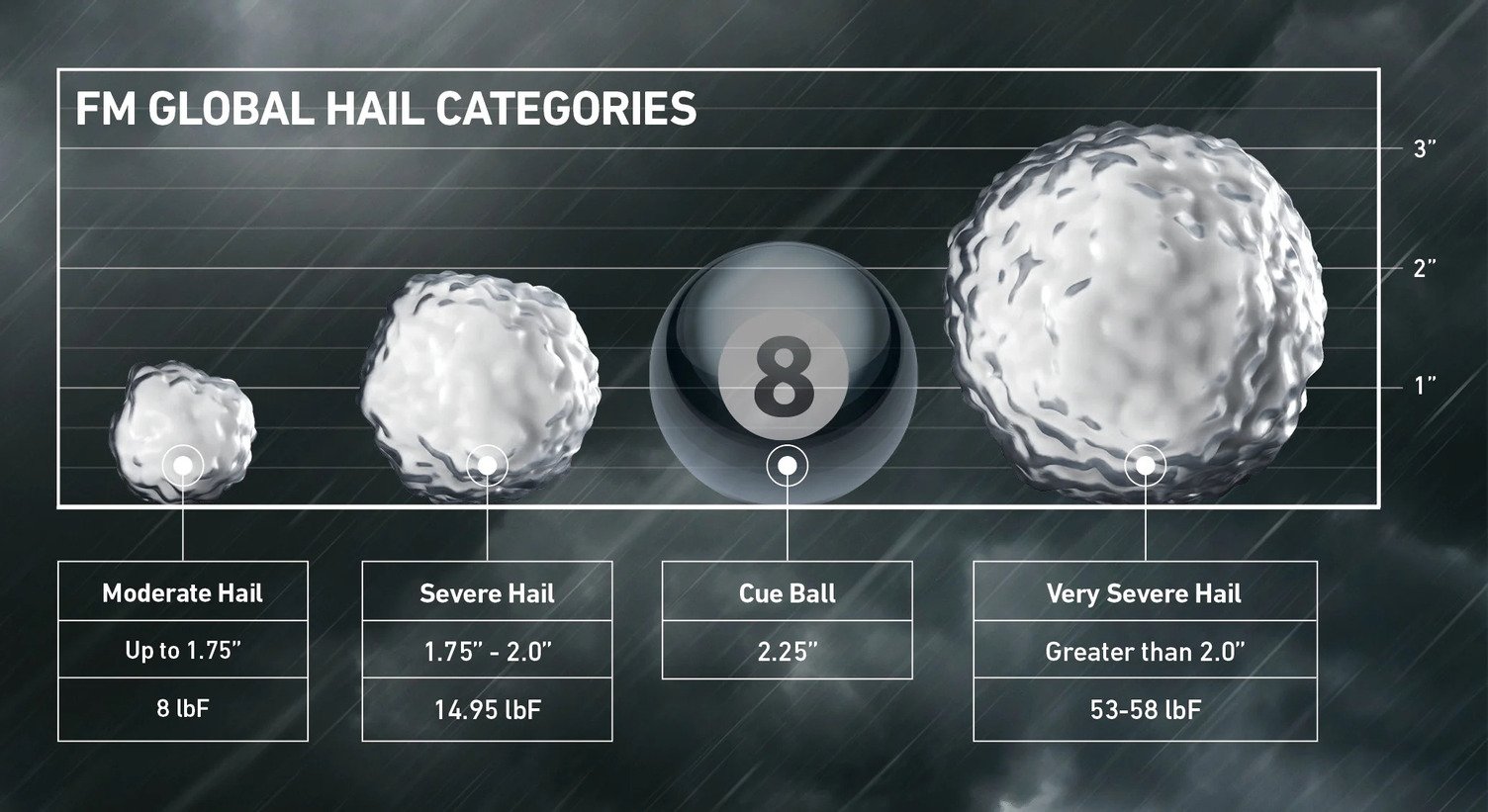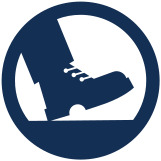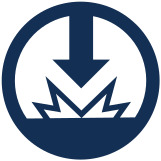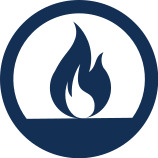How to Prepare Your Roof
Gypsum Cover Boards: Dual Defense Against External and Internal Roof Fires
When a gypsum cover board is at the top of the assembly, it protects the roofing system from external fire. If an ember lands on top of the roof and ignites the membrane, the cover board can prevent the fire from spreading and becoming worse.When a gypsum cover board is in the “roof board position” at the bottom of the roofing assembly, it protects the roof from internal fire within the building. This can prevent the roofing system from becoming additional fuel.
Fire resistant vs. noncombustible
Not all Class A roofing assemblies react to fire in the same way.
Fire-resistant materials may withstand fire for a time, slow down its spread or simply delay ignition.
Noncombustible materials will not ignite or burn at all under normal conditions.
DensDeck® Roof Boards are noncombustible based on ASTM E136 testing. Their gypsum core and fiberglass mat facers help to mitigate the risk of rooftop fire damage from every direction.
Don’t let your next job be a storm-damage statistic
When heavy winds move over and around a building, they create low pressure above the roof. Wind uplift can cause membrane delamination and fastener withdrawal. A rigid cover board provides a superior bonding surface and enhanced strength to mitigate damage.Watch the video to see how.
Hail damage is spreading and becoming more costly
Severe storm damage isn’t limited to a few areas. FM Global-defined hail zones have widened in recent years. Moderate Hail Zones have grown to reach a large part of the United States, while Severe and Very Severe Hail (VSH) Zones carve a path through the center of the country.
Hail Size and Speed
As hailstones increase in size, they pick up speed. Very large hailstones can fall at over 100 mph.1 Multiply those speeding hailstones by hundreds, then thousands, and you can see how this kind of bombardment can bring about the billion-dollar damage shown in the chart at the top of the page.Hail Duration
Hailstorms tend to be short, often only lasting minutes. However, that is plenty of time to create significant destruction. The most severe hailstorms may last up to 30 minutes.1Just when you thought it couldn’t happen to your commercial roof ...
The costs can be staggering. For a manufacturer, big-box store, school, apartment complex, hotel or hospital, a catastrophic roof failure can cause interruptions in operations valued higher than you may think.The costs are monetary and emotional, too. And if the damage is great enough, a business may never recover. For proof, see what happened at the Colorado Mills Mall in 2017.
Today vs Tomorrow
Rooftops are often used to house HVAC equipment, solar panels, green roofs and other installations that require adequate compressive and flexural strength from the roofing system.Rooftop equipment and its routine maintenance mean crews will make multiple trips across the roof carrying tools and other gear. This can wear down the water-proofing membrane in frequently traveled paths. Hot spots, like around the access door, become high-risk areas for puncture damage.
Small punctures may not look like much, but they can grow quickly, allowing water to seep into the assembly. If moisture spreads unchecked, mold can grow and weaken the structure.
This is a problem you won’t often see until it’s too late. You can help mitigate the risk of puncture damage by adding a rigid substrate to support and provide impact protection to both the membrane and insulation of your roofing system.
The risk solar panels bring to your roofing system
If your building owner is considering putting solar panels on their commercial roof, let them know the risks. Then, explain how the right cover board can help to mitigate damage.

Rooftop equipment increases foot traffic and the threat of puncture damage during installation and maintenance.

Solar panels add weight to the roof. This damages roofing systems that don’t have the compressive strength to handle the load.

All electrical systems come with a fire risk. Problems can cause arcs between conductors or the ground, which can ignite nearby flammable material.2

If your newly installed roof and the solar panels don’t have the same life span they may require removal and reinstallation for a reroof. This can cost your clients more in the long run and lower their trust in the durability of your roofing systems.
2 https://www.energy.gov/eere/solar/consumers-guide-fire-safety-solar-systems

